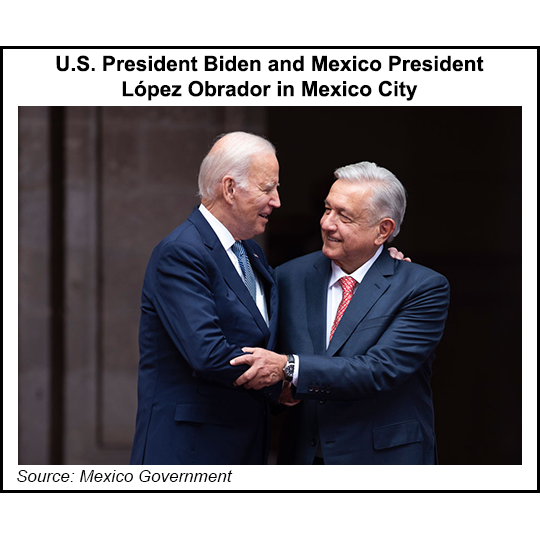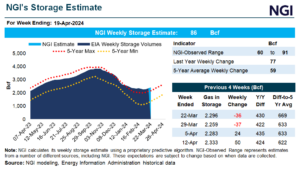Mexico | E&P | Infrastructure | International | Natural Gas Prices | NGI All News Access | NGI The Weekly Gas Market Report | Regulatory | Shale Daily
Global Reshuffle Presents 2023 Opportunities for Risk-Takers in Mexico’s Natural Gas Sector
© 2024 Natural Gas Intelligence. All rights reserved.
ISSN © 2577-9877 | ISSN © 2577-9966 | ISSN © 1532-1266 | ISSN © 2158-8023 |



